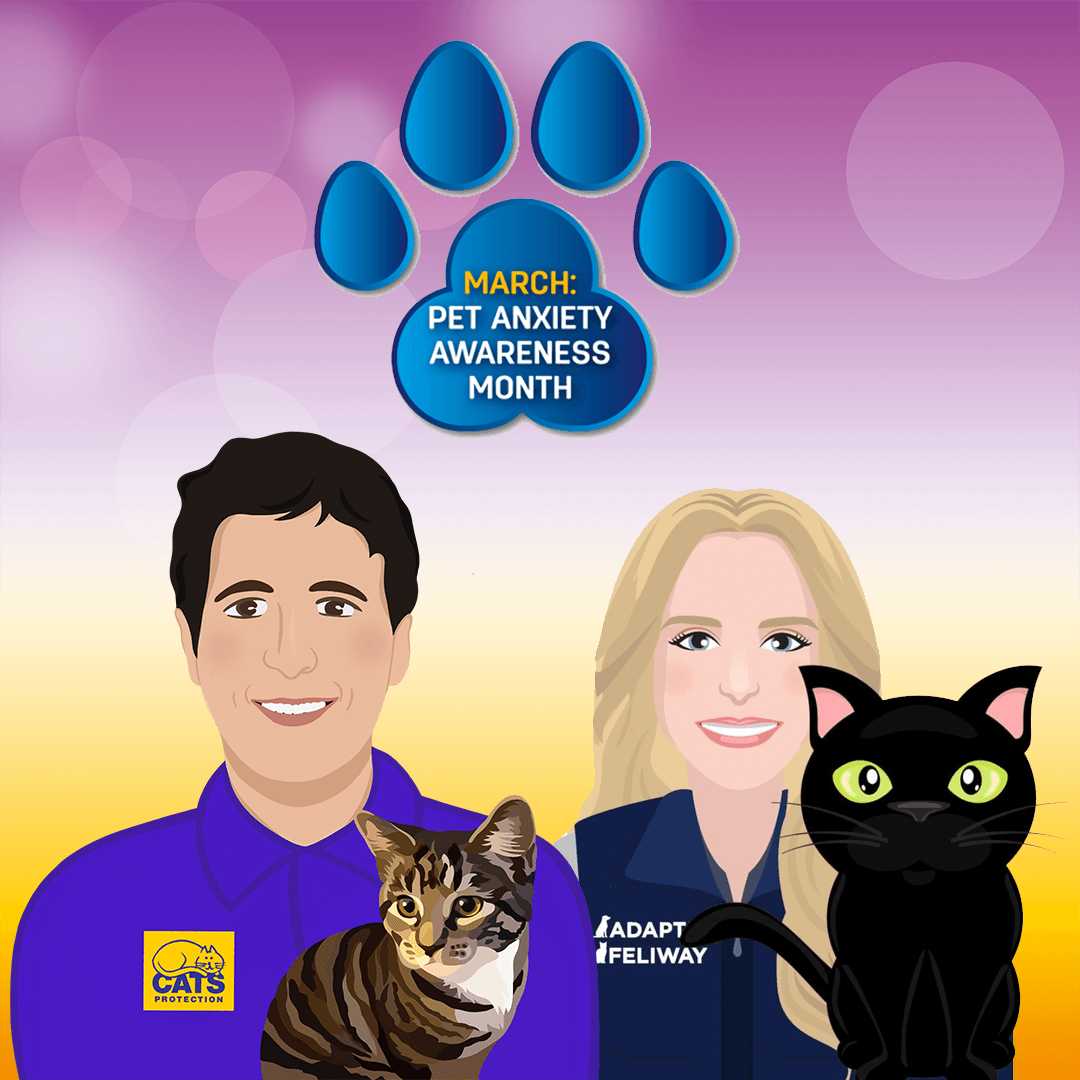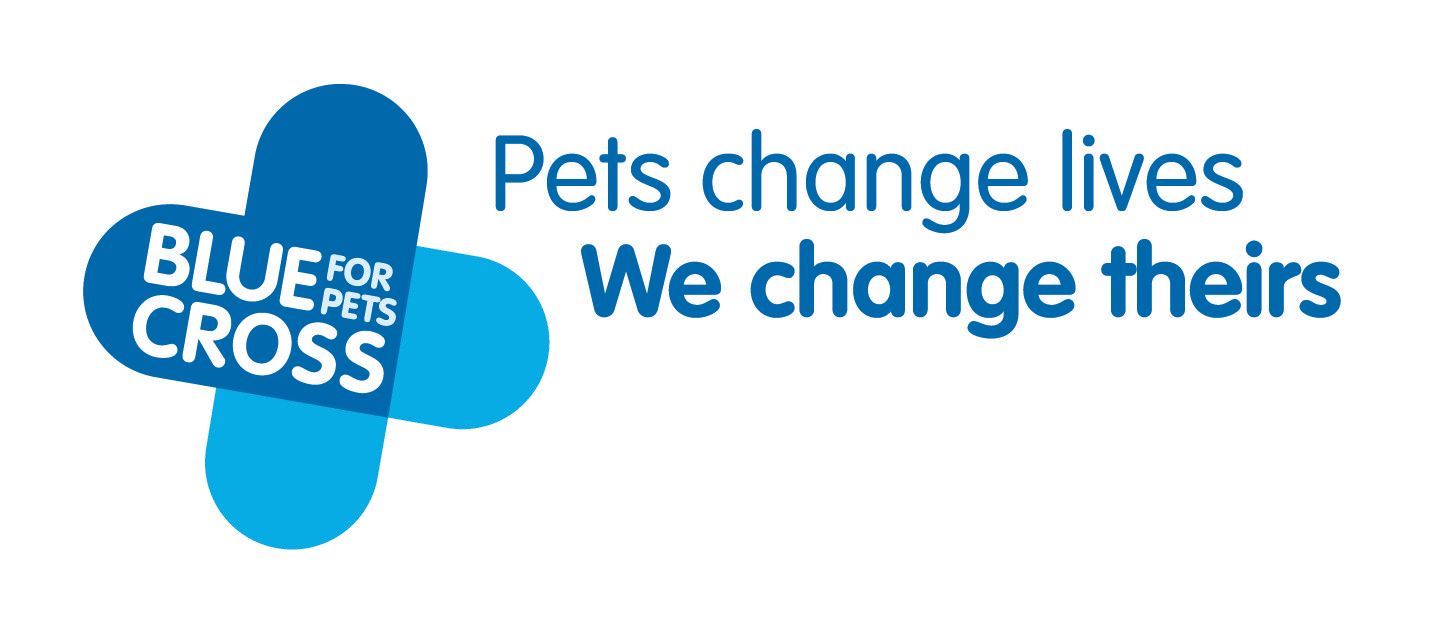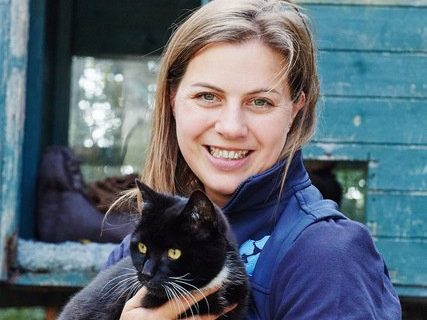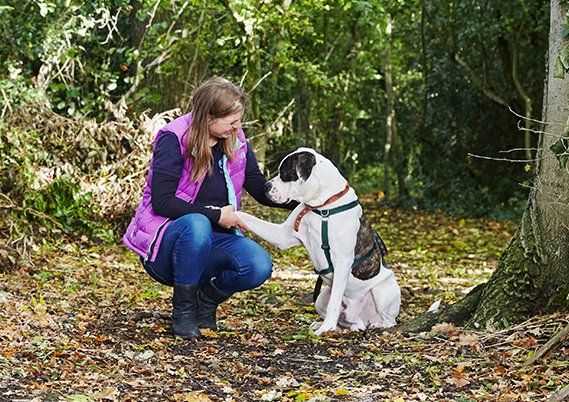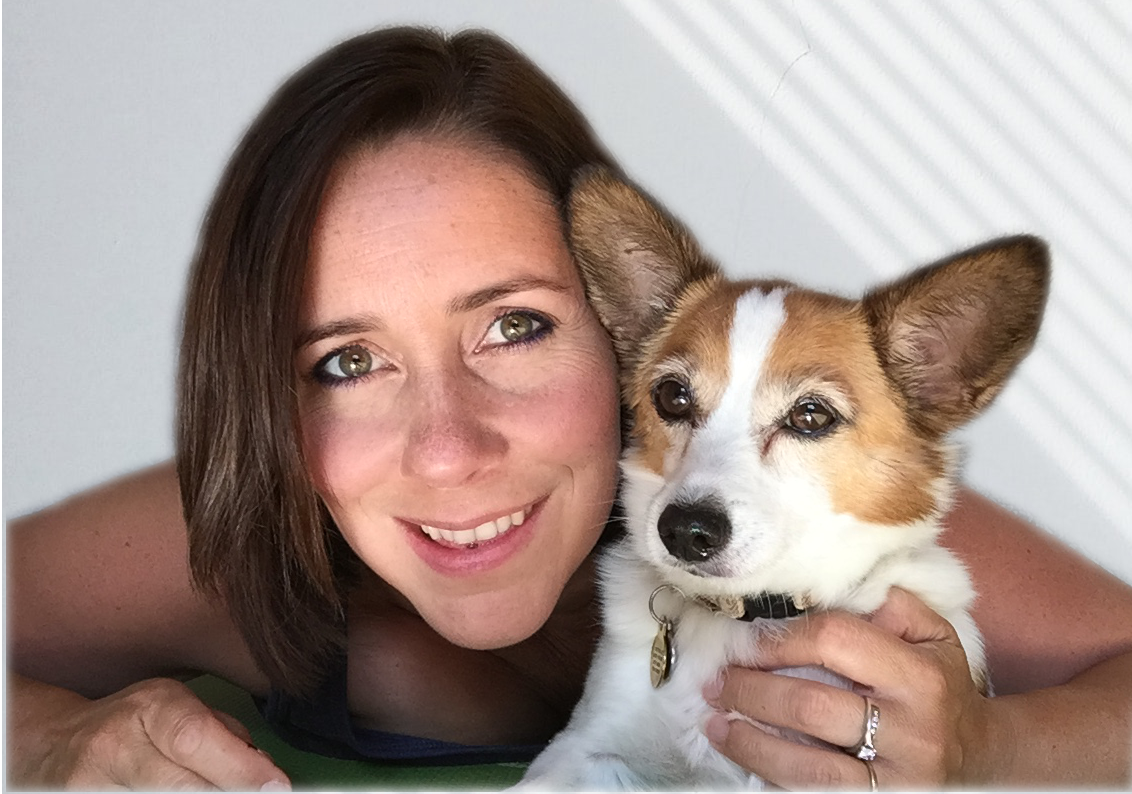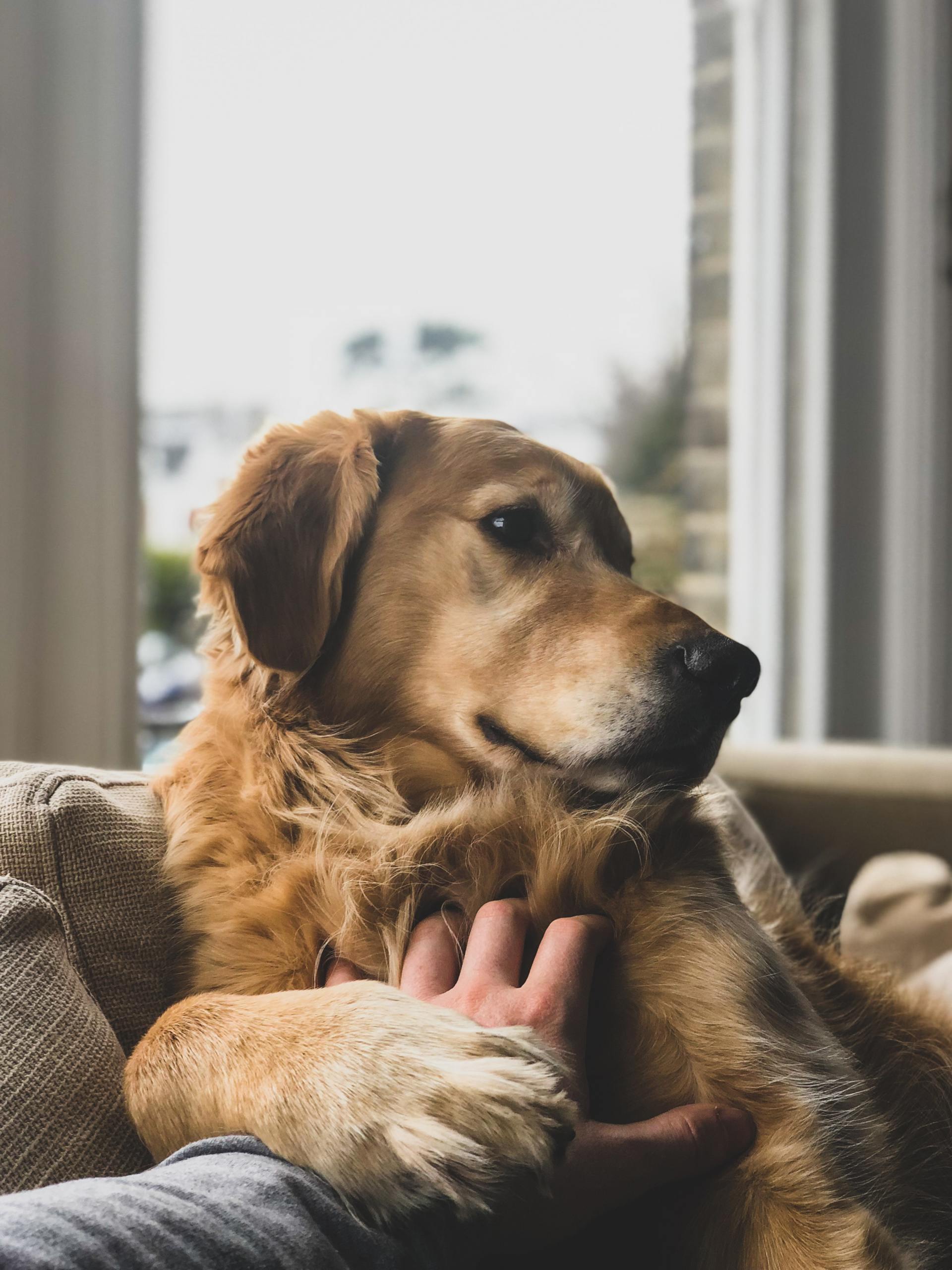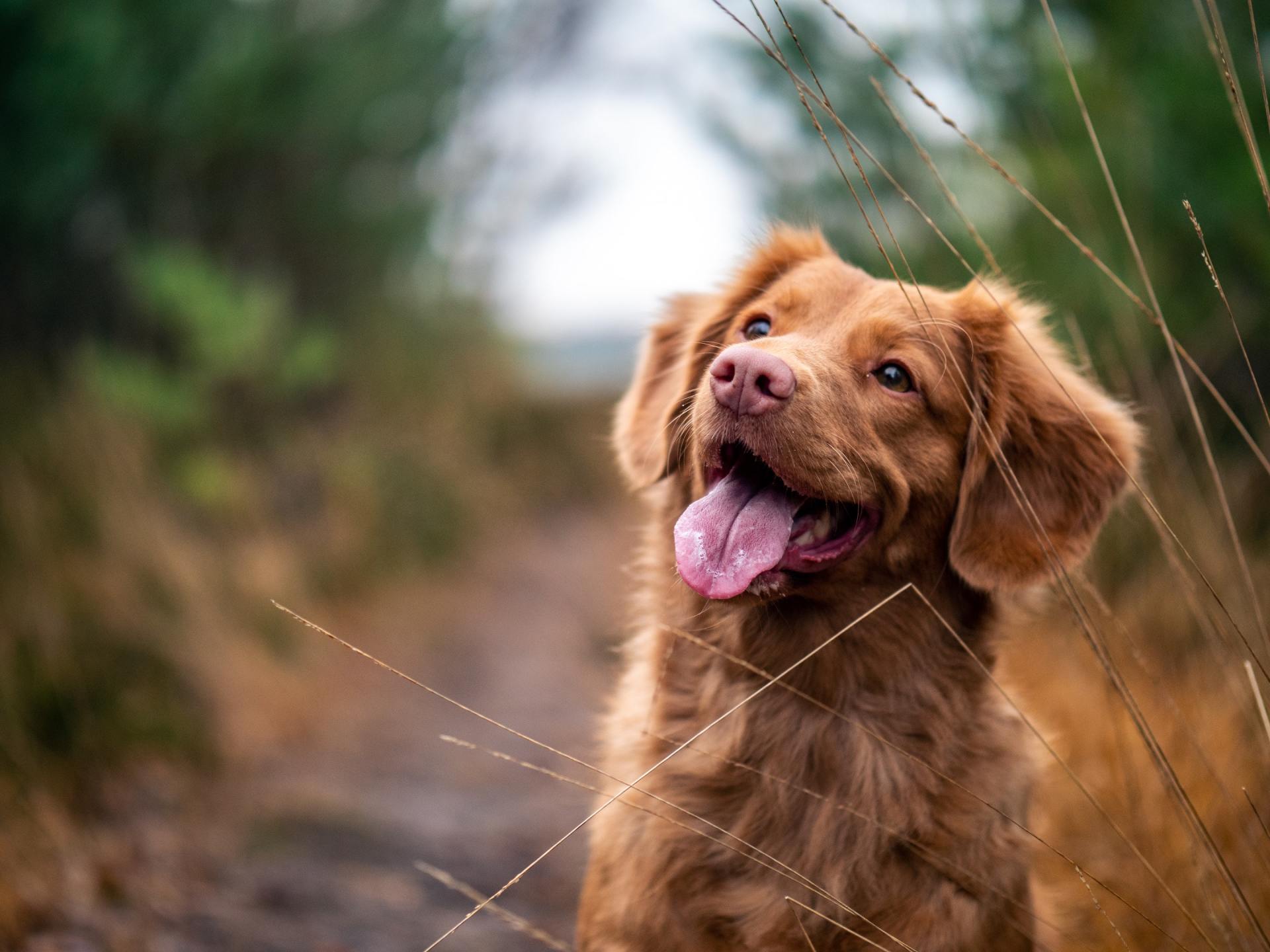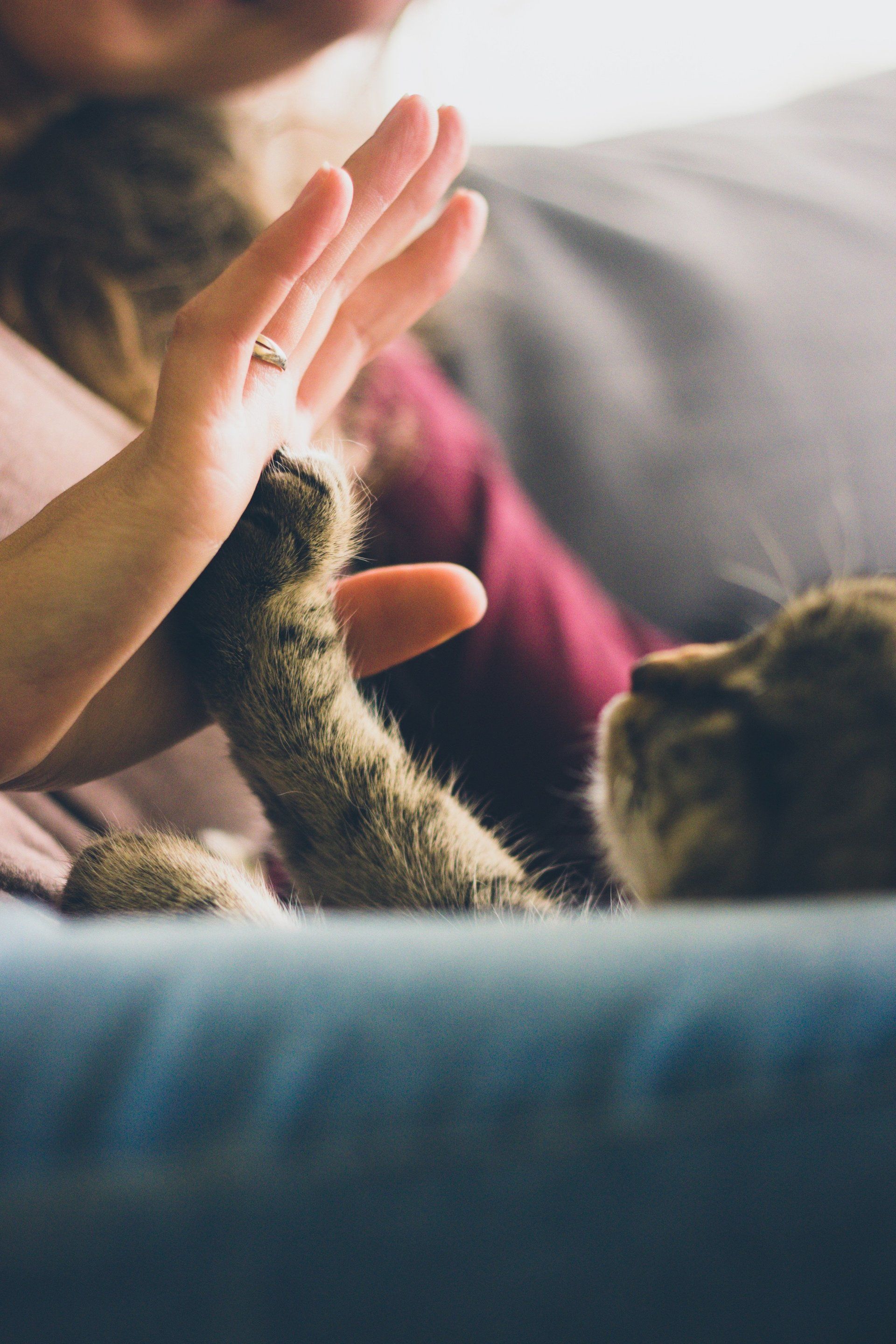by PH837336
•
27 February 2020
It is estimated that as many as 50% of domestic cats experience an emotional disorder, and although it is unclear how many are related specifically to anxiety, it is inevitable that anxiety will be a component in a large proportion of cases. Anxiety can be defined as anticipation of a negative event which may or may not be real. It is closely linked with fear, which is experienced when an individual is confronted with a perceived threat. Anxiety, therefore, lacks a specific triggering event. For example, a human might experience a fear response when confronted with a spider in a box. If the same person was told that there was a spider loose in the room but it is unknown where it is or when it might appear, that negative anticipatory state would be anxiety. Anxiety may be situational (i.e. in a certain context something negative might occur), or generalised (a fairly persistent state of chronic anxiety). What causes anxiety? • Genetics will always underlie the potential for a cat to experience anxiety, so breeding from temperamentally robust cats reduces the likelihood of the offspring exhibiting anxiety. • The environment in which kittens are reared between 2 to 7 weeks of age has an important role in reducing the potential for anxiety developing. During this ‘socialisation period’, kittens learn what aspects of their environment are normal and safe, so everything they experience during this period is likely to be accepted when encountered later in life. Equally, anything that they do not come across during this period is much more likely to produce a fear response after seven weeks of age. The greater the variety of positive experie nces they have during this time, the more likely they are to cope with novel experiences in the future. • Cats are territorial animals and have complex social interactions. Well-socialised cats may form bonds with other co-habiting cats, but living with another cat is not essential for their emotional wellbeing. Indeed, uncontrolled introduction or access to other cats (both co-habiting and in the neighbourhood) can lead to anticipation of negative interactions. Equally, cats may be anxious of unwanted or unpleasant interactions from other pets, humans, or exposure to noises or scary stimuli (e.g. hoover). • Human responses to cat behaviour can induce anxiety. Using aversives (something the cat finds unpleasant) such as water sprays or shouting in an attempt to reduce unwanted behaviour will cause the cat to anticipate negative outcomes, and this anxiety will become generalised if the punishment is unpredictable from the cat’s perspective. Attempts to befriend or handle a cat without their consent will also induce an anxious state. • Predictability and control over the environment will reduce anxiety. Conversely, changes in routine such as moving house, ceasing outdoor access, changes in the human or animal dimension of the family, human parties, Christmas, veterinary visits, travel, visitors, or even a sudden change in food can induce anxiety. • Cats use scent and chemical communication to reassure themselves and to feel safe and secure in their territory. Redecoration, renovation or introducing new furniture to the home will bring unfamiliar scent profiles into the cat’s core territory and this may induce anxiety and perception of threat. • Pain, discomfort or illness will increase anxiety due to both anticipation of pain (for example, a cat suffering from arthritis may anticipate pain when climbing into its littertray, leading to urination in other areas of the home) and lowering thresholds for coping with additional stressors (we’re all less tolerant of daily challenges if we are suffering physically). Physiological symptoms of anxiety include an increased heart and respiration rate, trembling, gastrointestinal tract upset and idiopathic cystitis. Coping strategies such as inappropriate urination, urine spraying and marking, overgrooming or lack of grooming and self-care, excessive vocalisation, changes in eating or sleeping patterns, scratching in new locations or increased frequency, aggression, hiding, social withdrawal including lack of play, and escaping or agoraphobia are all potentially symptoms of anxiety. Freezing, flattening, skulking, sudden grooming, dilated pupils, and staring are all body language signs associated with anxiety. Preventing anxiety and helping anxious cats Hiding and high perches The cat’s core territory should enable and encourage hiding. Hiding places at both ground-level and elevated levels can be provided. Domestic cats are classed as both a predator and a prey species, and they naturally climb for observation and safety. High hiding places enable cats to better survey the environment for potential intruders and other threats. Access should be unrestricted to resting areas where loud noises, dogs, other cats in the household, outdoor cats approaching the windows, and pursuit by small children are minimized. Pheromone therapy Cats release pheromones during facial rubbing when they feel comfortable in their environment. Studies show that this pheromone reduces anxiety. Feliway Classic can be used either as a plug-in diffuser or as a spray (for travel or vet visits, for example) to increase perception of safety and relaxation. Predictable routine & interactions An environment that ensures a reasonable level of consistency and predictability over which the cat perceives it has control will reduce potential for anxiety. Whenever a change in a resource (e.g. food, litter) is planned, offering the new resource adjacent to the existing resource allows the cat choice. Imposing unfamiliar, undesirable resources on a cat may create an additional stressor in the cat’s environment. Multi-cat households Cats avoid meeting unfamiliar cats where possible by keeping to a sort of time schedule and using chemical communication. A group of cats living together may or may not be classed as the same social group. Cats within the same social group will rest in physical contact and groom/rub each other. Owners of multi-cat households need to provide enough space to allow each cat to keep a social distance of 1 to 3 meters and it is important to provide multiple resting places and resources to avoid competition so cats can co-exist without being forced into close contact. For example, feeding from separate locations placed out of sight of each other, and providing a littertray for each cat plus one additional box, all in separate locations. Signs of conflict between cats can be overt or silent. Signs of overt conflict include stalking, hissing, raised fur (piloerection), swatting and fighting. Silent conflict may involve the threatened cat spending more time away from the family or attempts to interact with family members only when the assertive cat is not present. Feliway Friends is the cat appeasing pheromone that can be useful when introducing a new cat into the home and to encourage harmony within the multi-cat home. Interaction with or exposure to other animals and humans Other animals that coexist in the cat’s environment may be perceived as predators (e.g. dogs). The cat should be able to control whether to approach and how long to maintain contact with any predator species, as well as with humans (both familiar and unfamiliar). Some cats may prefer to be stroked whereas others may prefer play interactions with owners. It is important to avoid any punishment in attempting to reduce unwanted behaviour, as this will simply increase anxiety. Play Appropriate outlets for play behaviour are essential for reducing anxiety and should incorporate the natural predatory sequence of stalking, chasing, pouncing and biting. Examples of appropriate toys include wand toys, battery-operated toys, balls inside a box, catnip-filled toys, and laser pointer games (that must always end with a successful catch). Toys should be rotated every few days to maintain novelty and interest. In addition, feeding from bowls removes any opportunity for cats to express their natural predatory instincts. Offering food in puzzle toys specifically designed to release dry food when physically manipulated by cats, or stuffing hollow food toys with wet food require cats to work to remove the contents. Reducing other potential for stress in the environment Locating littertrays in quiet areas protected from interruption by people/other animals and away from household appliances that may begin operating suddenly will reduce potential for anxiety associated with toileting behaviour. Some cats may prefer the privacy of covered littertrays, but they can trap odours and prevent cats from having a safe vantage point for the approach of other animals during elimination. Littertrays should also be located away from food and water locations. Cats generally prefer fine, clumping litter that should be scooped daily and emptied weekly, with the tray being washed with fairy liquid and water. Other scenting products and liners should be avoided. An enriched environment allows cats to express their natural behaviours, including scratching and chewing. Scratching behaviour maintains claw health and is a form of visual and pheromonal marking. Cats tend to scratch more often when stretching after periods of rest or sleep. Therefore, scratching posts should be placed in proximity to preferred resting places. Undesirable chewing can be avoided by offering a variety of cat-safe plants and grasses such as catnip, catmint, valerian, chamomile, calendula, Echinacea, licorice root, cat’s claw, dandelion root, goldenseal, wheat grass, oat grass and rye grass . Referral Your vet should always be the first port of call with regards any behavioural problem. They will consider potential medical differentials and you can request referral to a Clinical Animal Behaviourist (see The Animal Behaviour and Training Council www.abtcouncil.org.uk). Depending on the specific problem, some behaviourists may be able to help via a phone consultation. Alternatively, face-to-face consults allow the clinician to gather information in the cat’s own environment.
